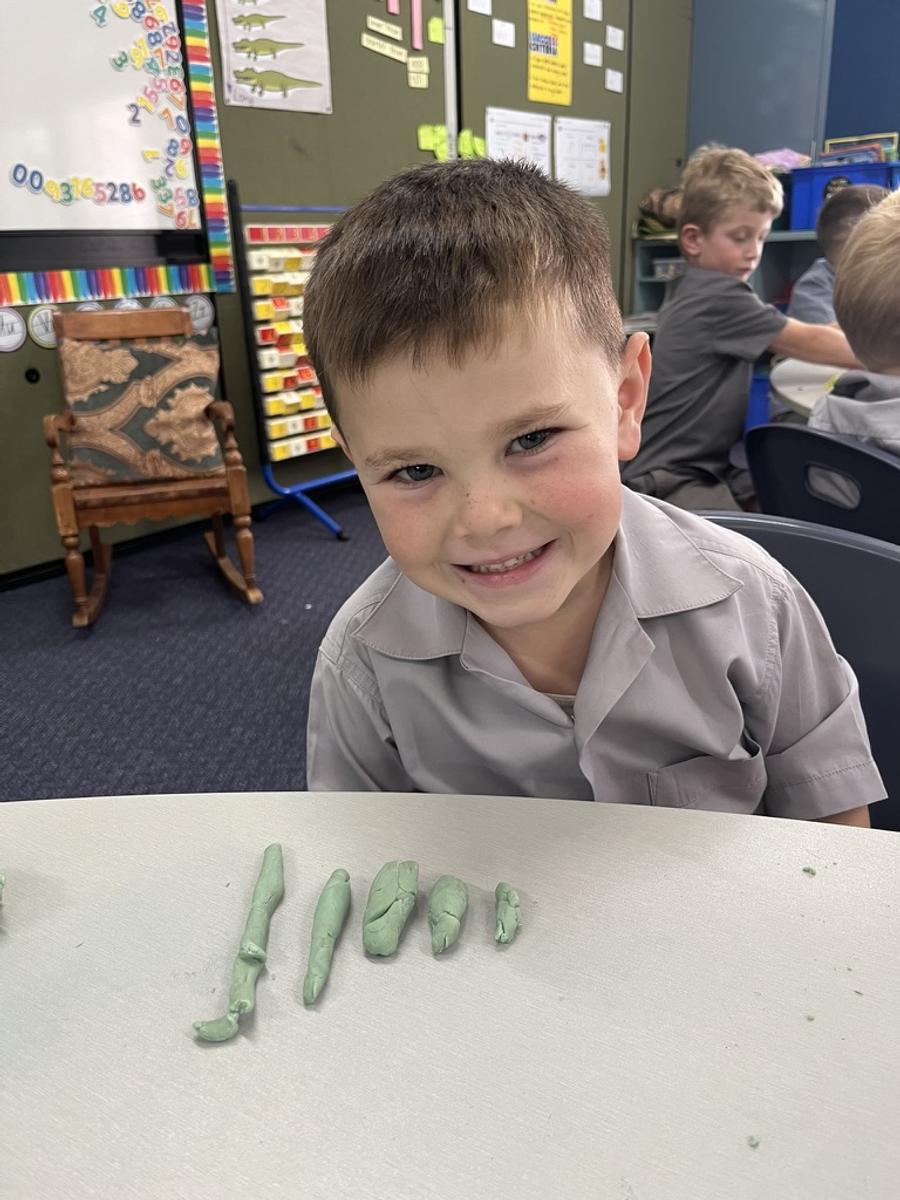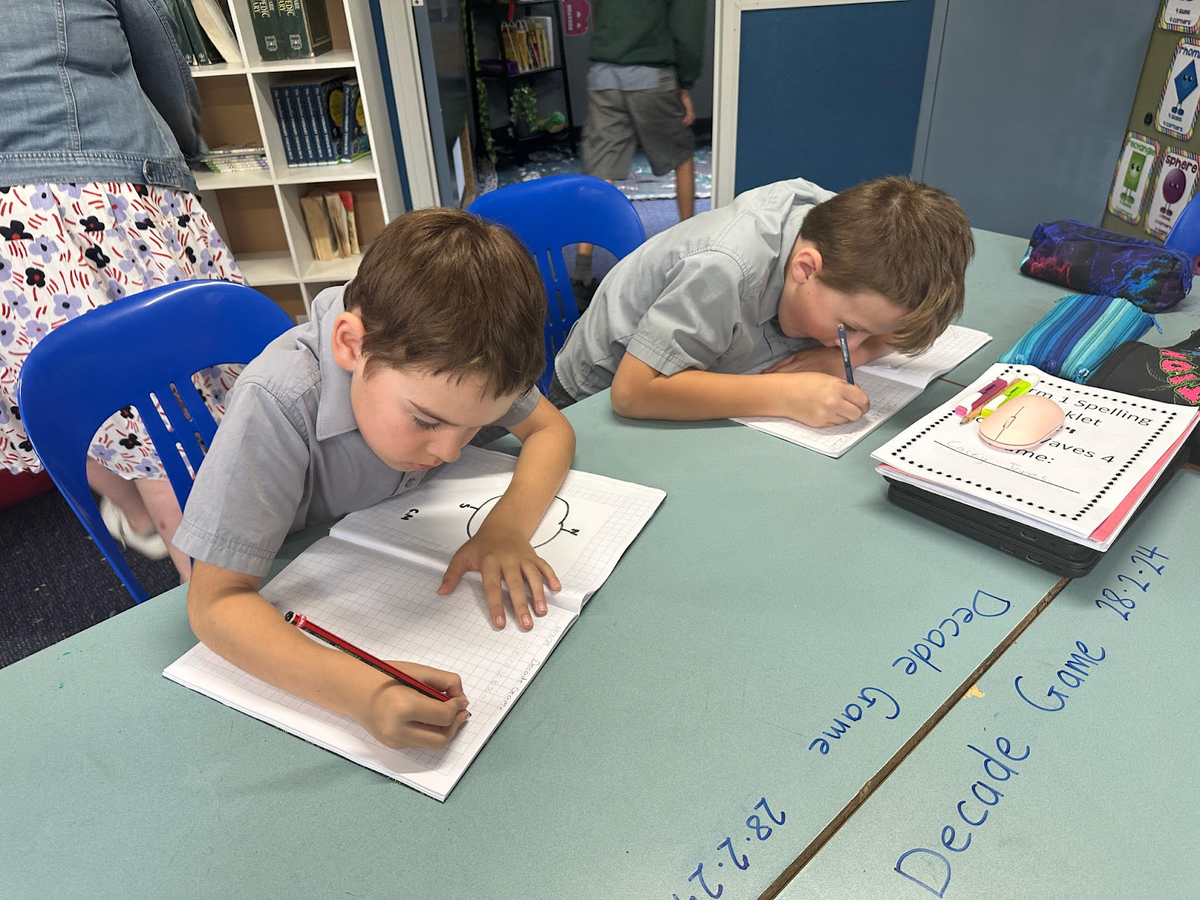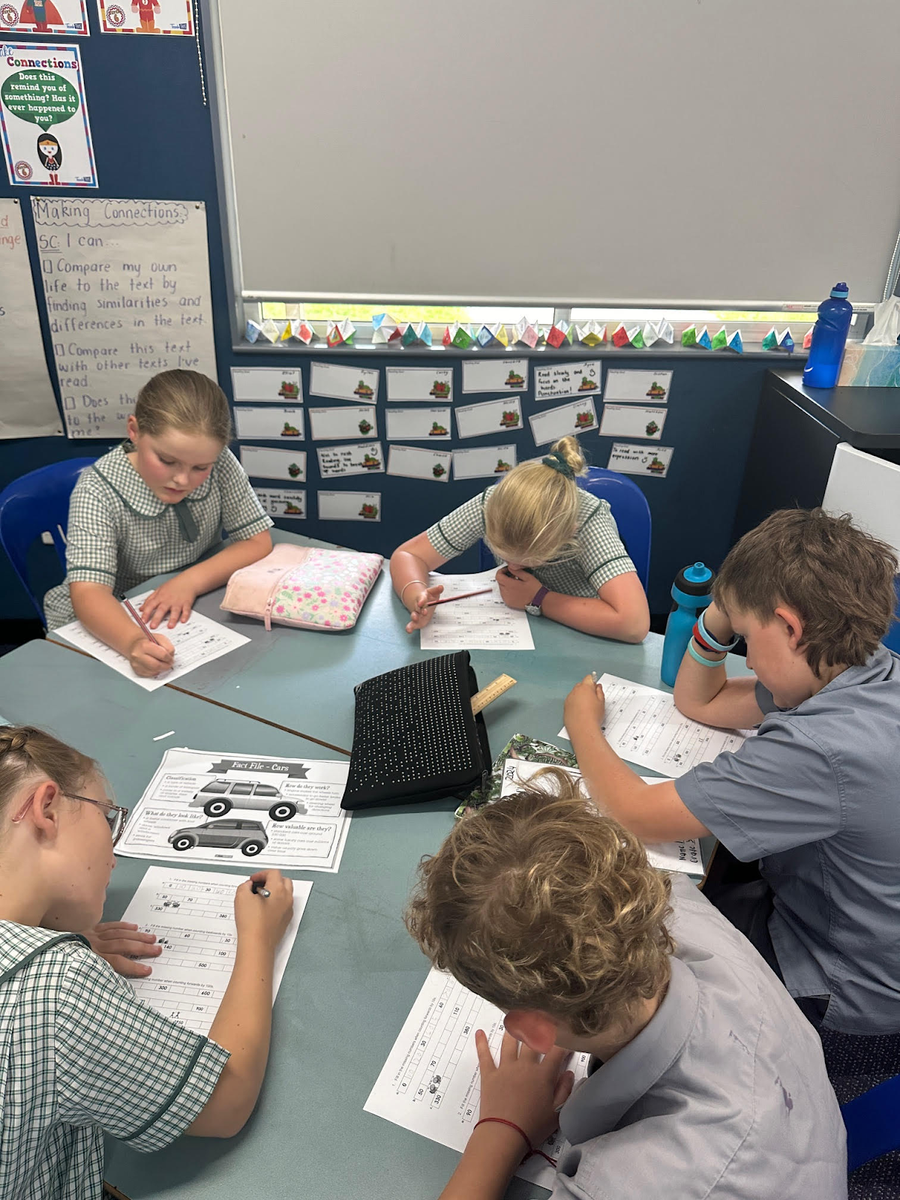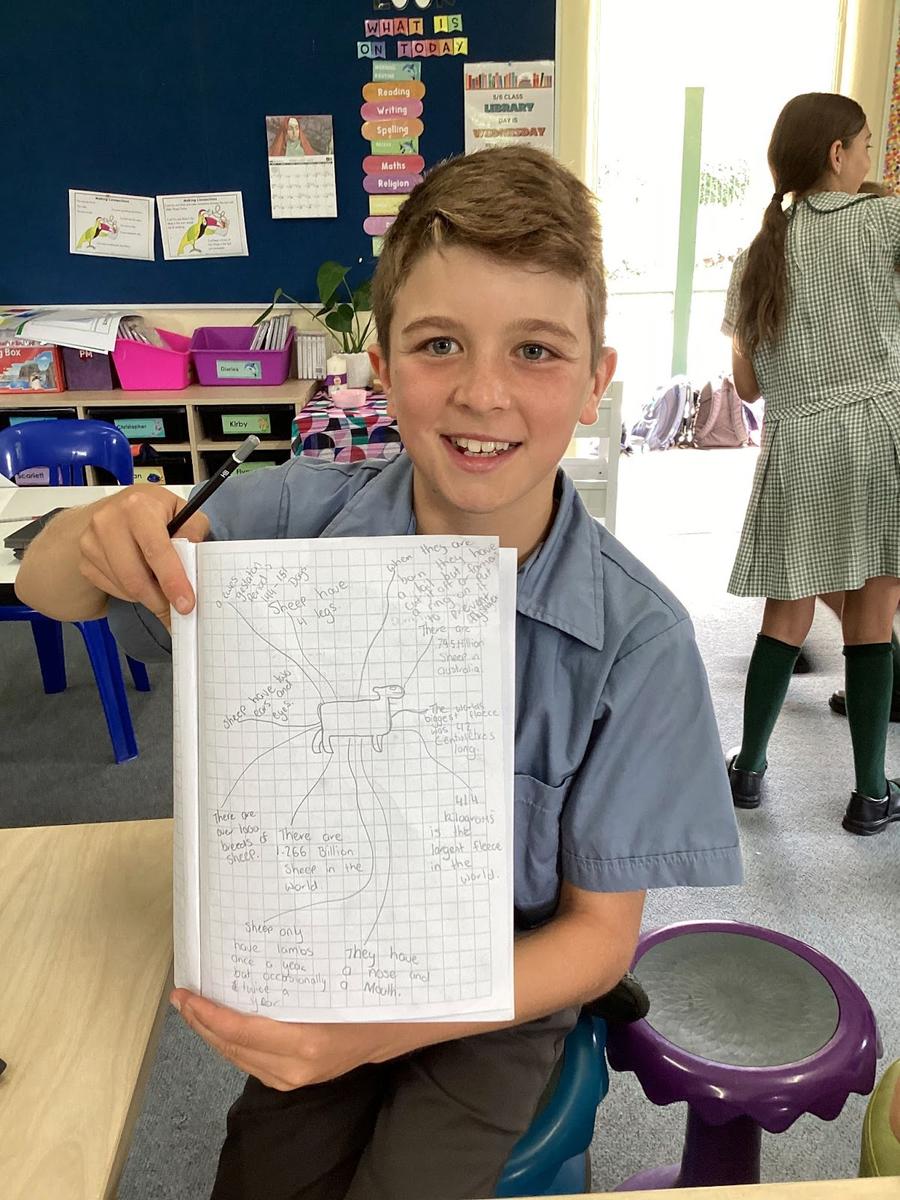A Look at Learning
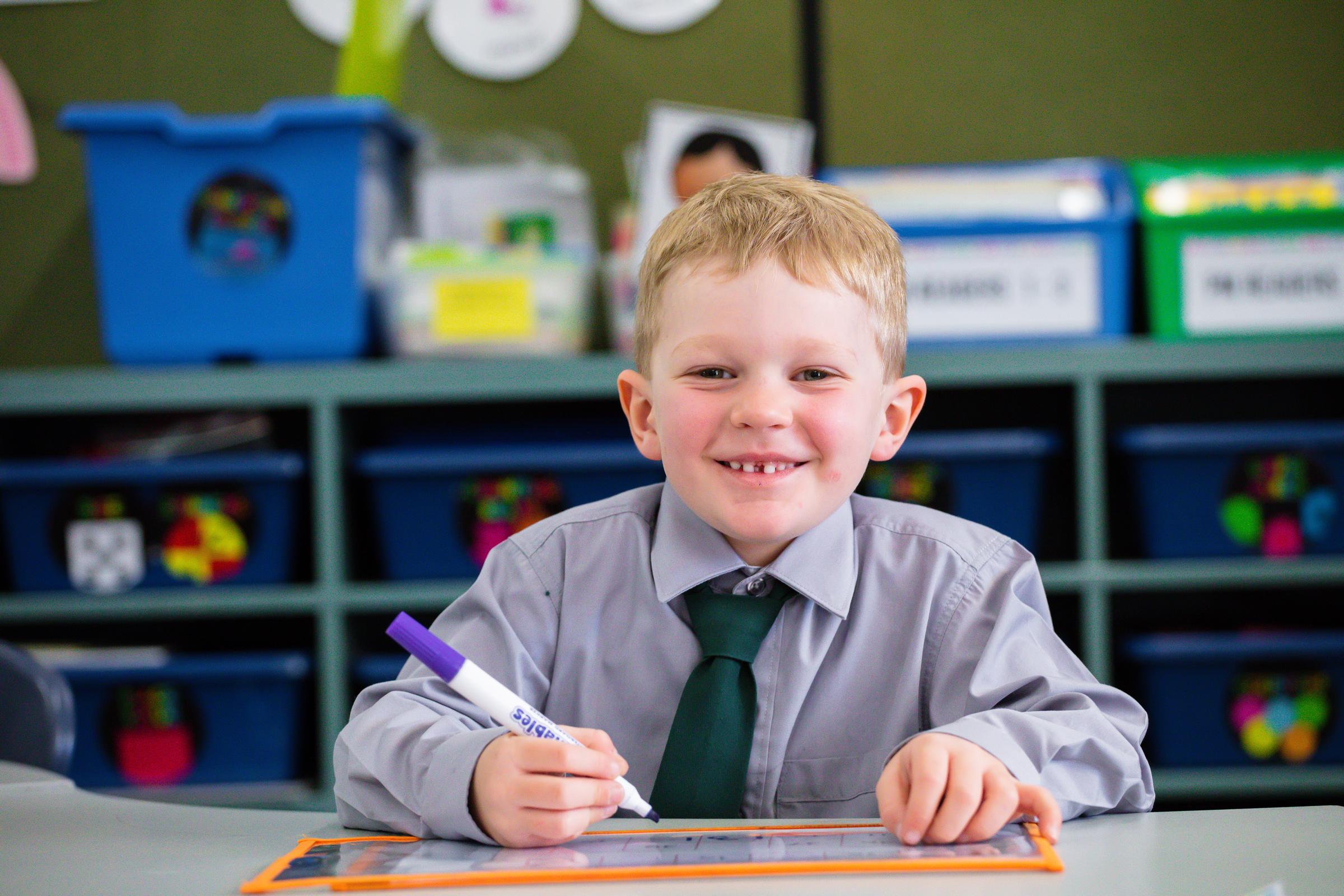
Week 5, Term 1
Each newsletter information will be published to inform our school community of what is occurring in the Maths space in each stage and provide some helpful tips to support students learning.
Early Stage One young people have been busy measuring the lengths of different objects in our classroom. We enjoyed having our height recorded on our Maths wall to find the length of our classmates and ordered our pencils from shortest to tallest. Our young people loved exploring length using blocks to make towers and playdough to make worms.
Children initially develop an understanding of measurement through comparing objects. They may hold up two blocks and say one is longer or shorter than the other. Soon after, they begin to compare more than two objects. Children need to play and experiment with a variety of materials and objects to measure things with, before they can move to using formal units such as metres or centimetres. They need to measure the length of a table for example, using pegs, spoons or books or hand spans before using a ruler.
Whole number has been the focus for Stages 1, 2 and 3. The young people have been exploring this topic through a range of hands on experiences to strengthen their understanding. Whole number is a critically important focus as it supports all other strands in Maths. To continue the learning at home you may find some of these tips useful.
- Count stairs, letter boxes,or objects in two, threes, fives and tens whenever opportunities arise;
- Talk about numbers whenever opportunities arise. Ask questions such as “Which is bigger/smaller/the same/different?”, house numbers on long streets;
- Encourage your child to read the numbers and talk about other ways they could have been written.
- Use extended number lines to represent numbers in the millions. This visual tool can aid in understanding the relative position of numbers and their order.
- Explain the concept of positive and negative numbers using the analogy of temperature. Positive numbers could represent above-zero temperatures, while negative numbers represent below-zero temperatures.
- Provide examples of real-world scenarios where positive and negative integers are used, such as elevations above and below sea level or gains and losses in a sports game.
To demonstrate their understanding Stage 1 have created some wonderful MAB block monsters and creating skip counting number lines.
Stage 2 hard at work exploring place value and counting on and off the decade.
Stage 3 have been exploring the millions and billions place value as well as rounding numbers. A challenge was created with the young people trying to build a structure out of MAB blocks that had a value of a million! We even got to explore the larger numbers linked to our interest like sheep, chooks and cars.
Premier’s Reading Challenge 2024
The Premiers Reading Challenge begins on the 26th of February and runs through to the 23rd of August 2024.
This voluntary challenge involves the children reading a specified number of books from a particular list and keeping a log of the books read. The challenge aims to encourage a love of reading for pleasure in students and to enable them to experience quality literature. It is not a competition but a challenge for children to read, to read more, and to read more widely. If you would like more information about the challenge, visit the PRC website here.
Further information will be sent home in the coming weeks and there will be further updates provided in forthcoming newsletters. Don't forget that any books that you are currently reading or that you have read since the completion of last year's challenge may be included in this year's list.
It is also expected that parents and students will be responsible for keeping track of books read. This can be easily done by logging on to the PRC site and adding them to their child's reading record. This also avoids the list getting lost.
Please contact the office if you are need your login details or password.
SORA, by Overdrive.
Simply access the app store and search for Sora. Alternatively use this link - SORA App
Once in the app you will need to add our Library by selecting
- I have a setup code (at the bottom of the screen)
YOUR SETUP CODE IS: CENETAU
You will be prompted to
- Select I have a setup code
- Enter setup code cenetau
- Select ACEN (Australian Catholic Education Network) from the drop down menu.
- Log in using your own personal username and password
- Choose diocese Armidale
- Username: is your school username (the first part of your email address)
- Password: the same password that you use to log into your chromebooks every day at school!
- Any problems after logging in try looking in the HELP section in settings which can be found by clicking the 3 lines at the TOP RIGHT HAND corner
- OR email guyadmin@arm.catholic.edu.au




